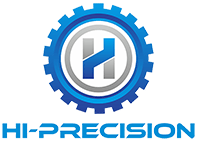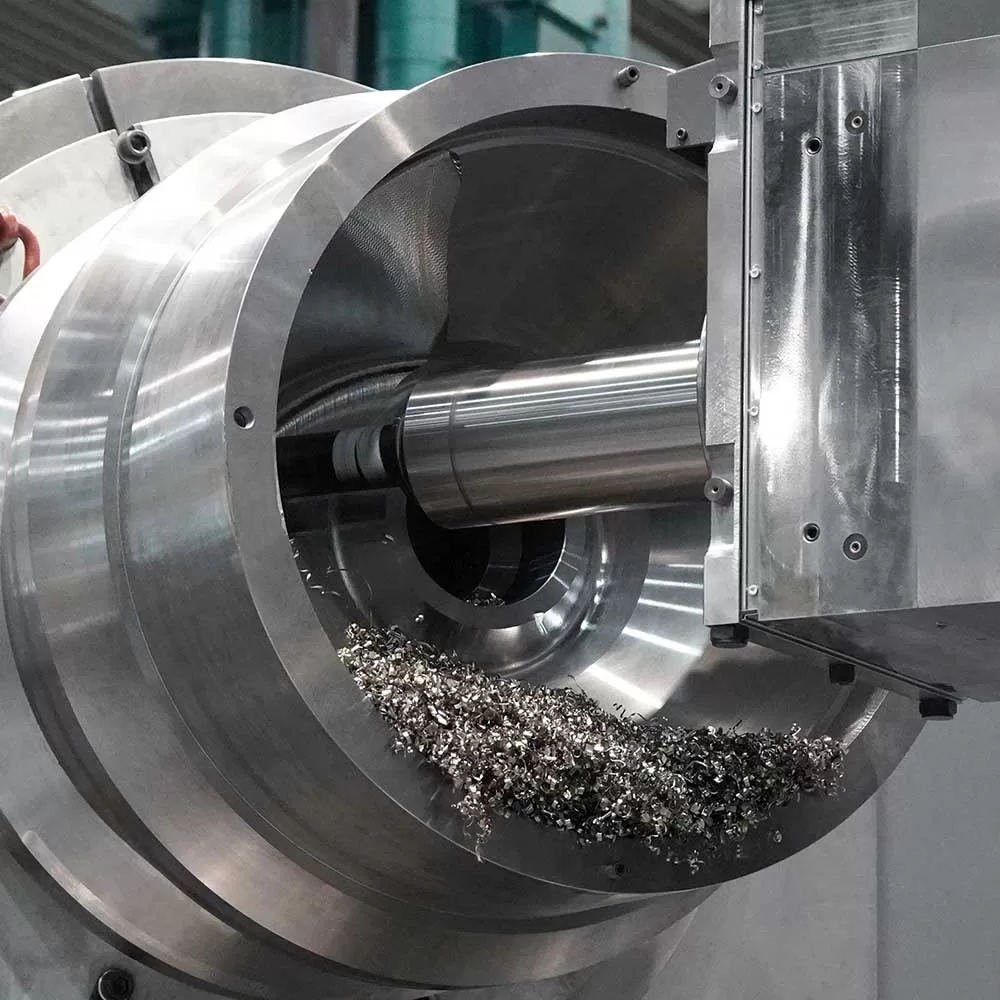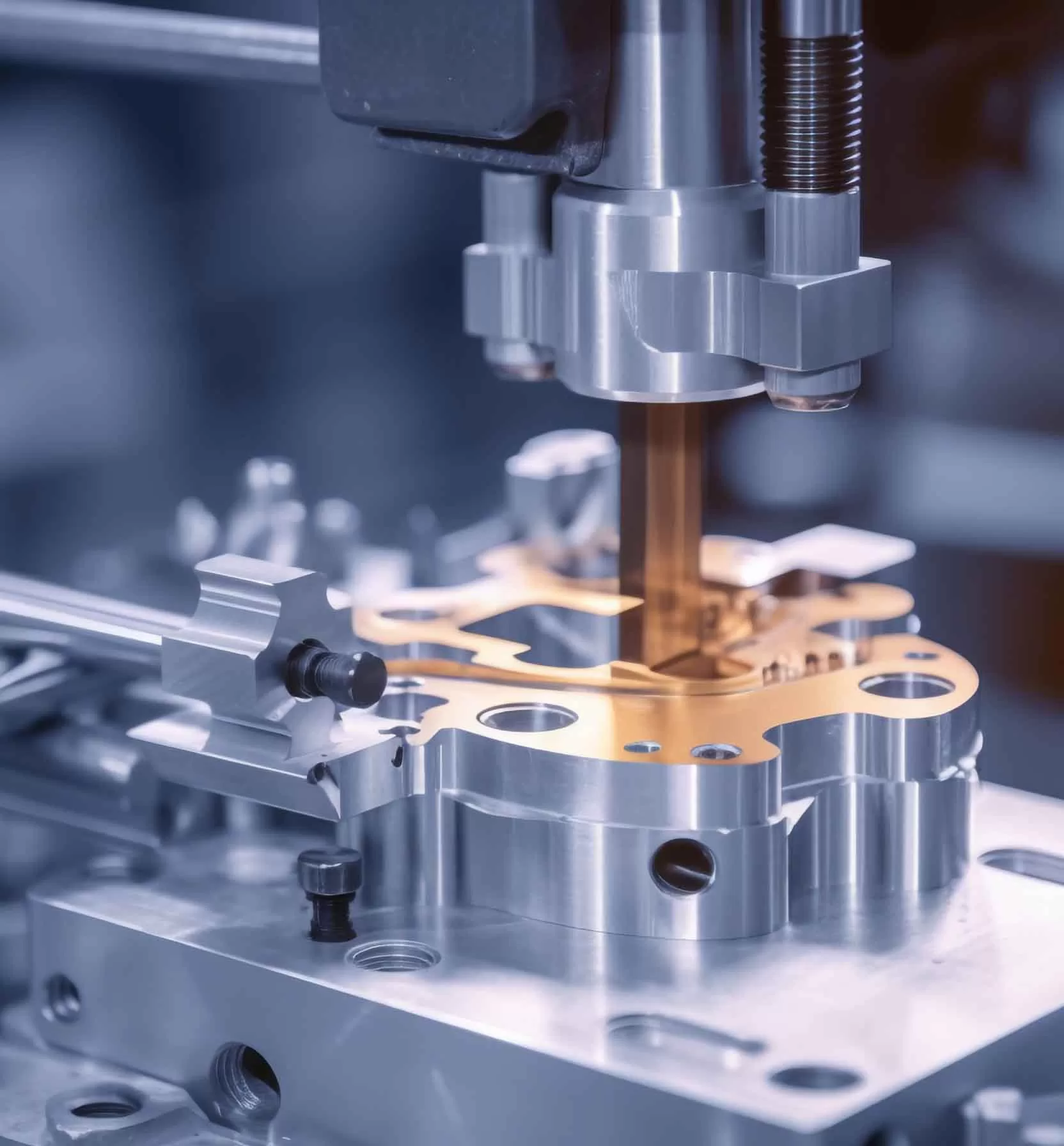CNC machining of medical parts is currently a popular method of manufacturing medical parts. For many people, they do not know what practical applications CNC technology has in promoting the development of medical devices. What types of medical parts can be processed using CNC technology? If you want to know the answer, keep reading.
Examples of CNC Medical Components Include:
- Surgical scissors
- Biopsy tubes
- Blade handles
- Implant holders
- Forceps
- Spacers
- Plate benders
- Saws
- Clamps
- Bone screws
- Graspers
- Ligation devices
- Handheld surgical equipment
- Catheters
- Buttons, switches, and levers for electronic medical equipment
- Monitor housings for medical devices like MRI scanners, heart rate monitors, and X-ray machines
Complex geometries and parts with tight tolerances can be manufactured using CNC, making it ideal for producing complex surgical tools. Examples of medical components that can be produced using CNC machining also include collimators for CT scanners, MRI table components, anodes for X-ray systems, micro-components and gears for cardiac equipment, insertion devices used in DNA analysis, implantable medical Equipment components, 5-shaft machining of orthopedic titanium implants, etc. CNC manufacturing of medical parts is more accurate, faster, and safer.
CNC machining is a machining process that uses computer-controlled machines and cutting tools to produce a variety of customized non-standard parts. CNC machining can be used to create a variety of prototypes, such as those required by industries such as automotive, construction, and agriculture. Use computer software to control tools and mechanical movements, including CNC milling, CNC turning, and other operations. CNC machining can produce high-precision mechanical parts with complex shapes, high tolerances, and excellent surfaces. The advantages of CNC machining are high precision, high efficiency, fast production speed, and good repeatability.
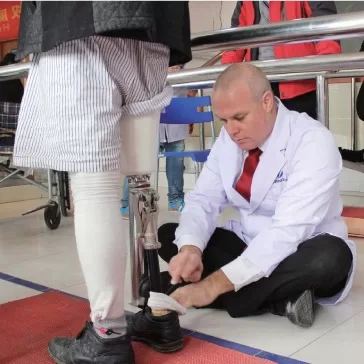
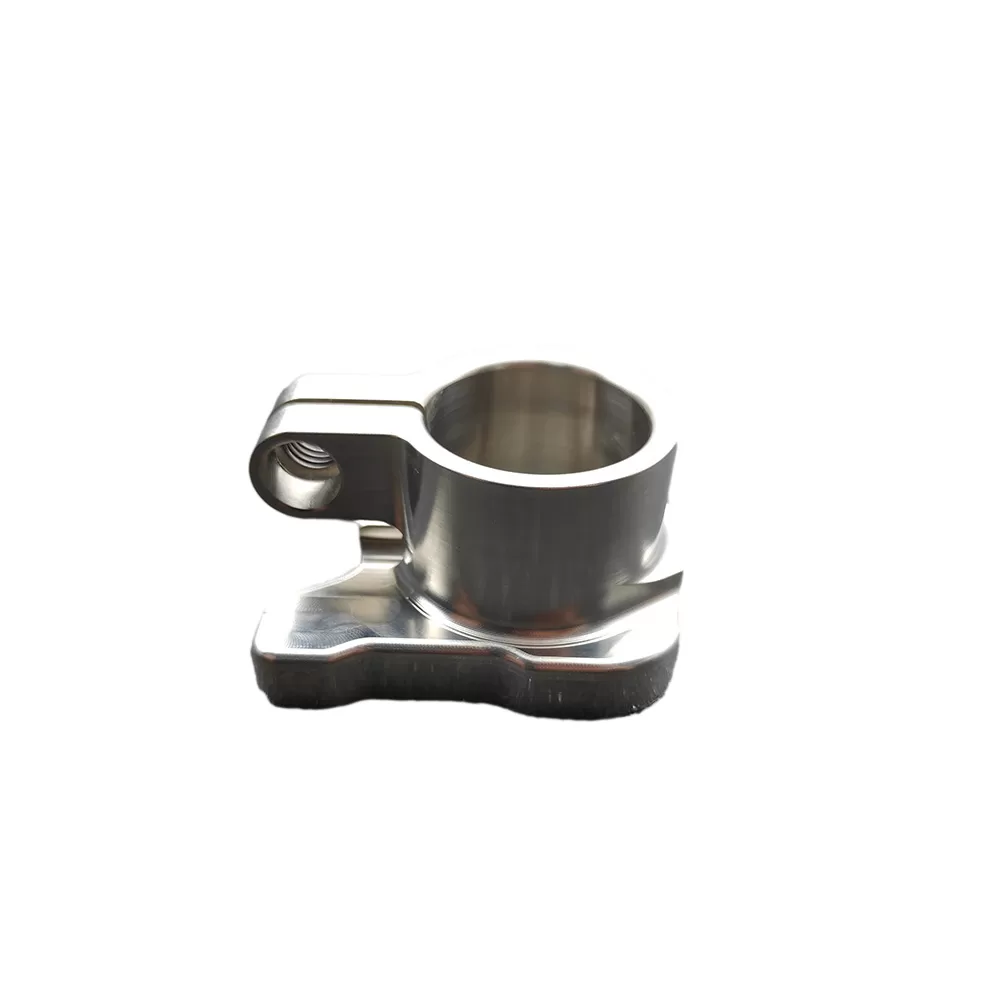
CNC machining can produce devices based on the patient’s unique physiological characteristics. Using 3D scanning and CAD modeling, prostheses with complex details and high-precision dimensions can be manufactured to ensure the fit and comfort of the prostheses to the patient’s body. The main impacts of CNC machined prosthetics include improved mobility, allowing patients to regain the ability to perform tasks that require the use of a prosthesis.
XI’AN HI-PRECISION MACHINERY CO., LTD provides free CNC medical parts manufacturability feedback online. This company is an OEM manufacturer that specializes in manufacturing various precision non-standard parts using CNC milling and turning technology.
